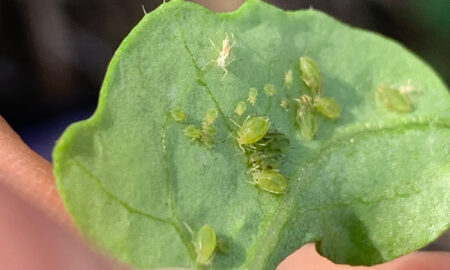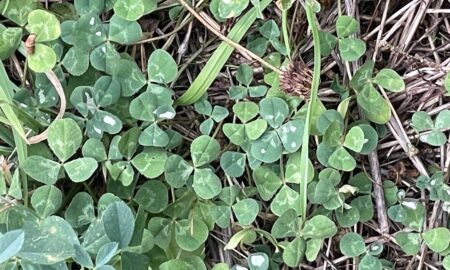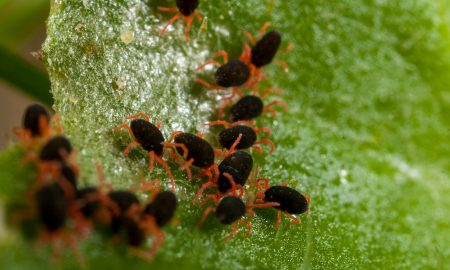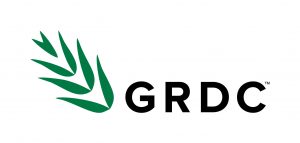One of the pillars of a sound insecticide resistance management is to rotate chemical mode of action groups.
This has not always been possible with redlegged earth mite (RLEM, Halotydeus destructor) control.
In recent years, registered insecticide sprays have largely fallen within two groups – organophosphates (Group 1B) or synthetic pyrethroids (Group 3A). Other registered chemistries, neonicotinoids (Group 4A) and fipronil (Group 2B), are registered as seed treatments only.
With the recent registration of a group 12A insecticide, Pegasus® (diafenthiuron), extended to canola for RLEM control, Australian growers now have access to another chemical mode of action group to manage this establishment pest.
While redlegged earth mite attacks many crops and pastures, canola is particularly susceptible to damage.
Be aware that diafenthiuron has an 11-week withholding period for harvest and is therefore best suited for early season control.
A review of insecticide resistance in the Australian grains industry has recently been undertaken by cesar and collaborators.
It emphasises the need to apply chemical treatments only when necessary, and not prophylactically.
Like all available chemistries, diafenthiuron should be used judiciously and as part of integrated pest management and resistance management strategies.
Cover image: Photo by Andrew Weeks, Cesar Australia





